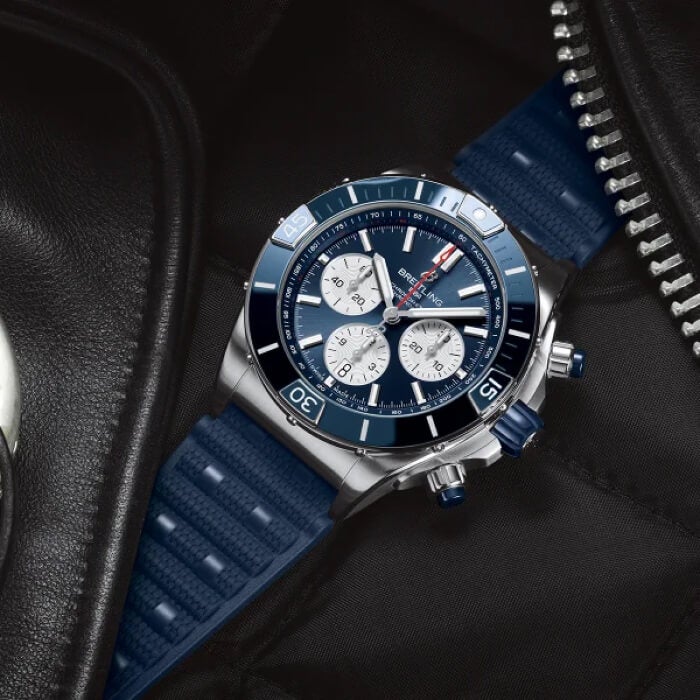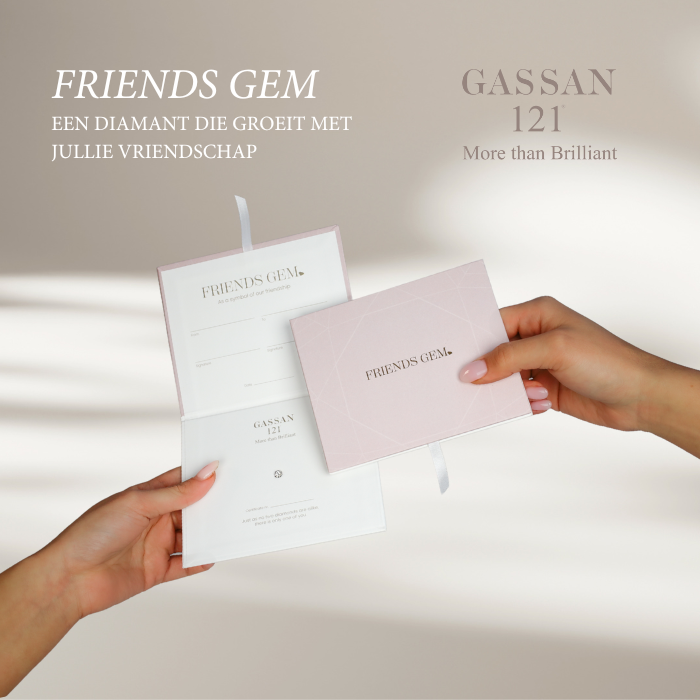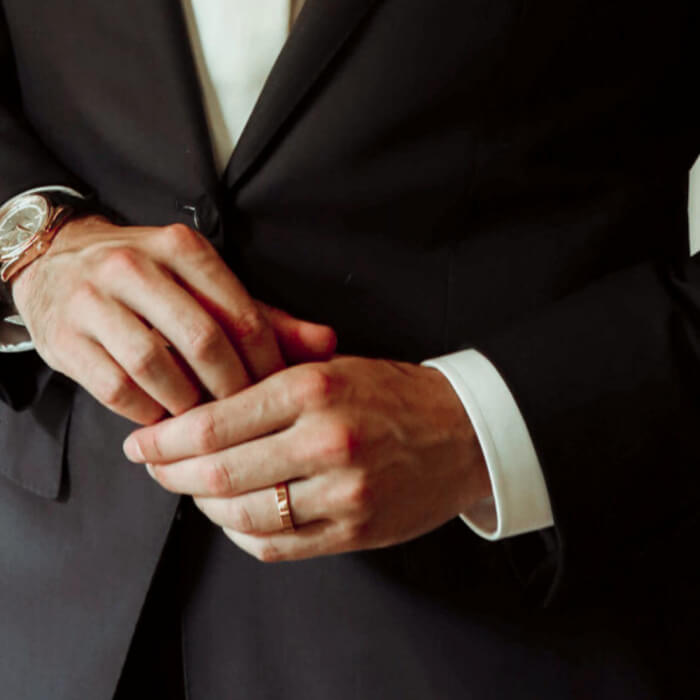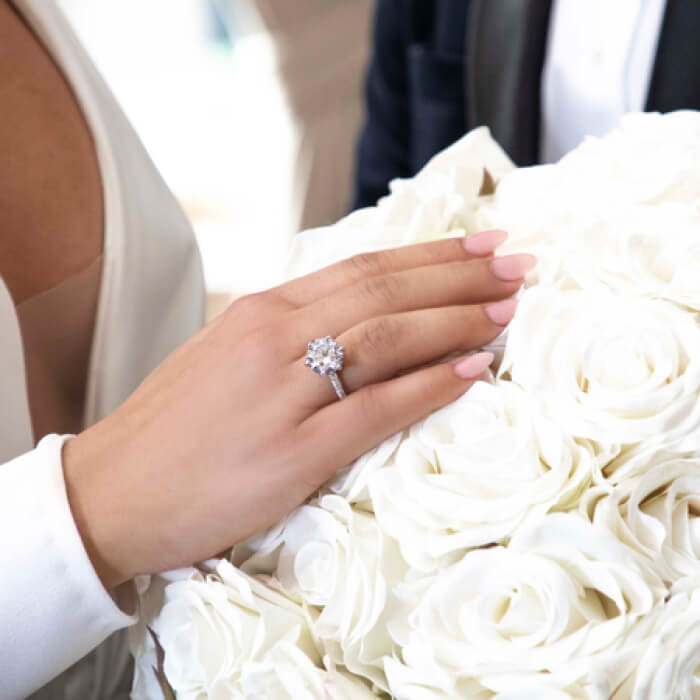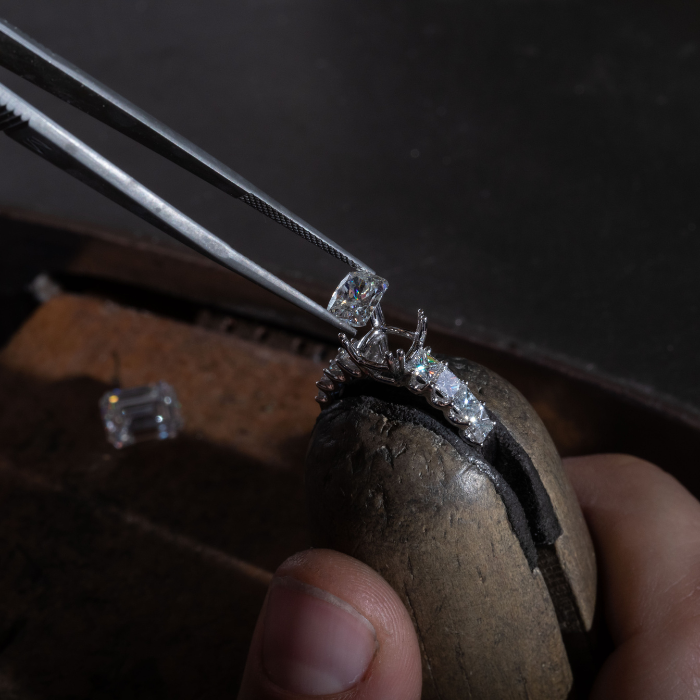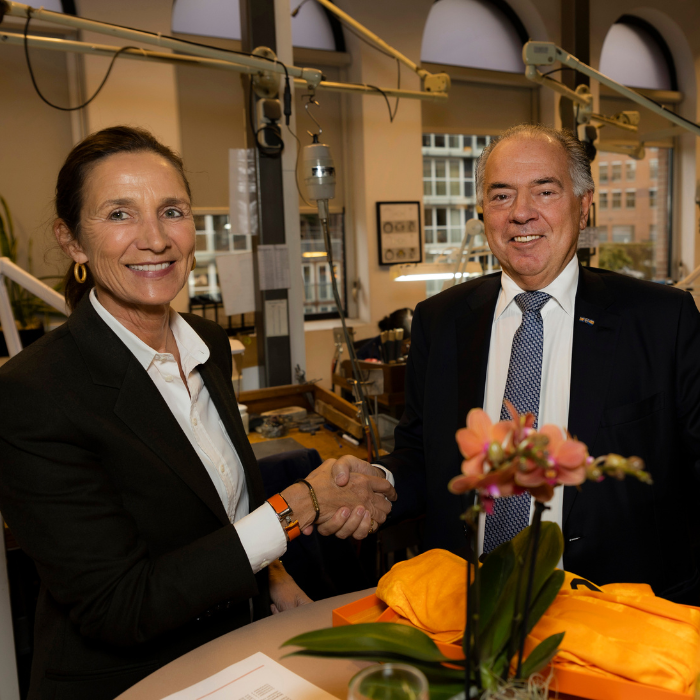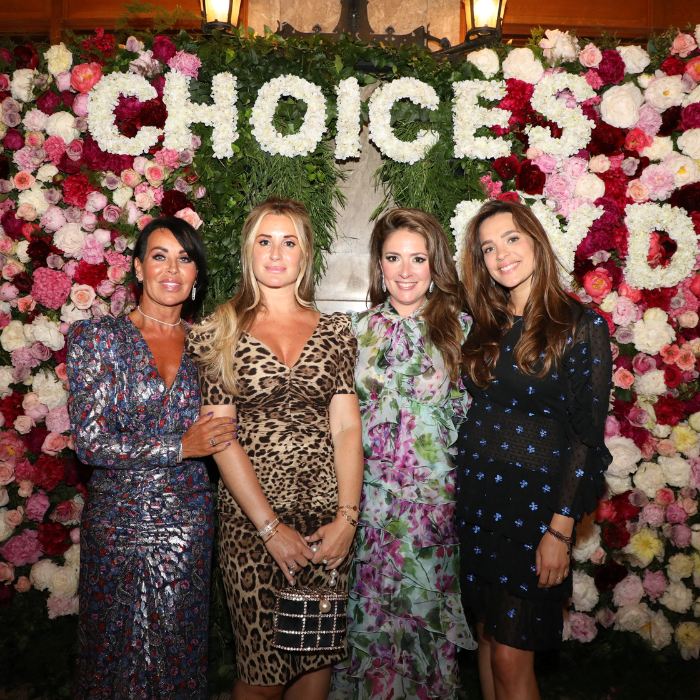Carat, color, clarity and cut
These four quality criteria together determine the value of a diamond. Our specialists are often asked which of the four C’s is the most important. We are convinced it is the cut.
The color, clarity and size of each and every rough diamond is determined by Mother Nature. But ultimately, the skilled hands of our master cutters are the tools needed to turn a rough diamond into an absolute masterpiece.
The perfection of a diamond depends solely on the precise polishing of facets, allowing an optimal game of light between the facets. A diamond of the highest color and clarity is nothing but a dull and boring stone, if it is not expertly polished, and that is what makes our diamonds true pieces of art.
Carat
The weight of a diamond is expressed in carats. Carat says something about the size of your diamond, translated in the weight of the stone. One carat equals 0.2 grams or 100 points.
Don’t confuse carat with karat, as in “18K gold,” which refers to gold purity. Just as a dollar is divided into 100 pennies, a carat is divided into 100 points. For example, a 50-point diamond weighs 0.50 carats. But two diamonds of equal weight can have very different values depending on the other elements of the Four C’s: Clarity, Color and Cut.
Even a fraction of a carat can make a considerable difference in cost, therefore precision is crucial. In the diamond industry, weight is measured by a hundred of thousandths of a carat, and rounded to one hundred thousandth of a carat. Diamond weights heavier than one carat are expressed in carats and decimals.
The carob seed
The carat, the standard measurement of weight for diamonds and other gemstones, derives its name from the carob seed. In ancient times these small seeds had a fairly uniform weight, early gem traders used them as counterweights in their scales. The modern metric carat, equal to 0.2 grams, was adopted by the United States in 1913 and other countries soon after. Today, a carat weighs exactly the same in every corner of the world.
Color
Diamonds can be found in all colors of the rainbow, from deep brown to warm yellow, lively pink to mesmerizing purple, intense red to deep blue. When diamonds show a vivid or intense color, they are called ‘fancy colors’. Colorless or white diamonds, best known to the public, show no colour, at least at first sight.
When you look at them more closely, these diamonds can show a hint of yellow or brown. When the stones are compared to benchmark stones, the exact color of each diamond can be determined. The closer to absolute colorless a diamond is graded, the higher its value. In diamonds, color actually is all about what you can’t see. Diamonds are valued by how closely they approach colorlessness – less color, equals the higher their value.
GASSAN’s color-grading scale for diamonds is the industry standard. The scale begins with the letter D, representing exceptional white+, and scales down to letter Z by increasing appearance of color, from light yellow to brown. Each letter of this grading has a clearly defined range of color appearance.
Less color
Many of these color distinctions are so subtle, often invisible to the untrained eye. But these slight deviations make a very big difference in diamond quality and price.
Clarity
As carbon crystallizes under immense pressure and heat for thousands of years, other elements than carbon can be included in the stone. They often create unique birthmarks, either internal (inclusions) or external (blemishes).
These elements result in inclusions, from minimal traces, barely visible, to larger flaws. The less inclusions a diamond has, the higher the value.
Every diamond is unique. No stone in the world is absolutely perfect under a 10× magnifying glass, though some come close.
Loupe clean
A stone that doesn’t contain any flaws is extremely rare; it is called loupe clean. That explains why a loupe clean, smaller diamond will be significantly more valuable than a larger, but imperfect stone.
Impurities in diamond are often imperceptible to the naked eye. A magnifying glass is used for this.
Cut
Cut quality is the key element that gives a diamond its fire, sparkle and brilliance. The allure and beauty of a particular diamond depends more on the quality of the cutting than anything else.
This characteristic refers to the shape in which a diamond is cut and the quality and symmetry of the polished facets.
Perfect proportions, excellent symmetry and an expert polishing are the ingredients that turn a dull chunk of rough diamond into a dazzling diamond.
Only then the light move freely through the diamond’s facets, creating that extraordinary and enchanting luster.
Proporties
For example, look at a side view of the standard round brilliant. The main parts, from top to bottom, are the crown, girdle and pavilion. A round brilliant cut diamond has 57 facets. The horizontal facet on the top is called ‘the table’. The proportions of a diamond refer to the relationships between table size, crown angle and pavilion depth.
It is important to note that a wide range of proportion combinations are possible, and these ultimately affect the stone’s interaction with light and how attractive the diamond is to the person admiring it.
